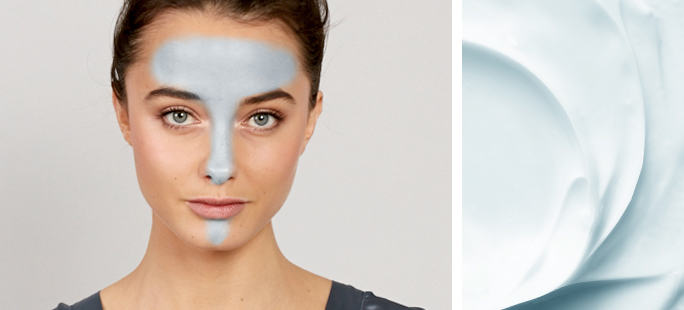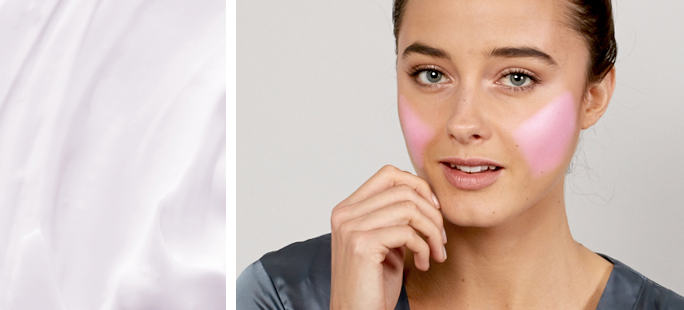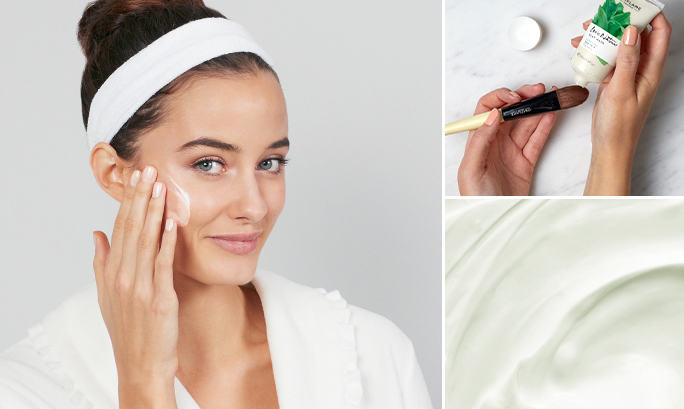WHAT IS MULTI-MASKING?
Few of us have consistent skin concerns across our whole face. We might get blackheads and blocked pores in one area, and dry patches in another. This makes it hard for a single product to address all our needs. Cue multi-masking: the process of simultaneously applying several face masks to the different areas of your face to treat their individual issues.
HOW TO DO IT:
First you’ll need to do a bit of homework. You’ll need to understand your skin’s current requirements and what products are best at treating them. Here’s how:

OILY AREAS
Typically, the T-zone is the oiliest part of the face, more prone to shine and blackheads, than other areas. You’ll want to address these concerns with a clay mask that absorbs excess sebum and draws impurities from clogged pores. Or, try a mask that contains salicylic acid that exfoliates to prevent blemishes and acts as an anti-inflammatory to reduce redness.

DRY PATCHES
You can get dry patches anywhere, but the cheeks tend to be most susceptible to roughness. Apply a mask that is vitamin-rich to sooth and nourish, or treat with a product containing hyaluronic acid that penetrates the skin for prolonged retention of water. If you’d rather use something lightweight, a gel mask will hydrate without adding oil.

ANTI-AGEING
Inspired by the Korean beauty craze, a cloth face mask or sheet mask will give your complexion the anti-ageing boost it needs. Normally cut into the shape of your entire face, you can personalise yours to target problem areas. Look for one that brightens skin tone, adds moisture and softens fine lines.



